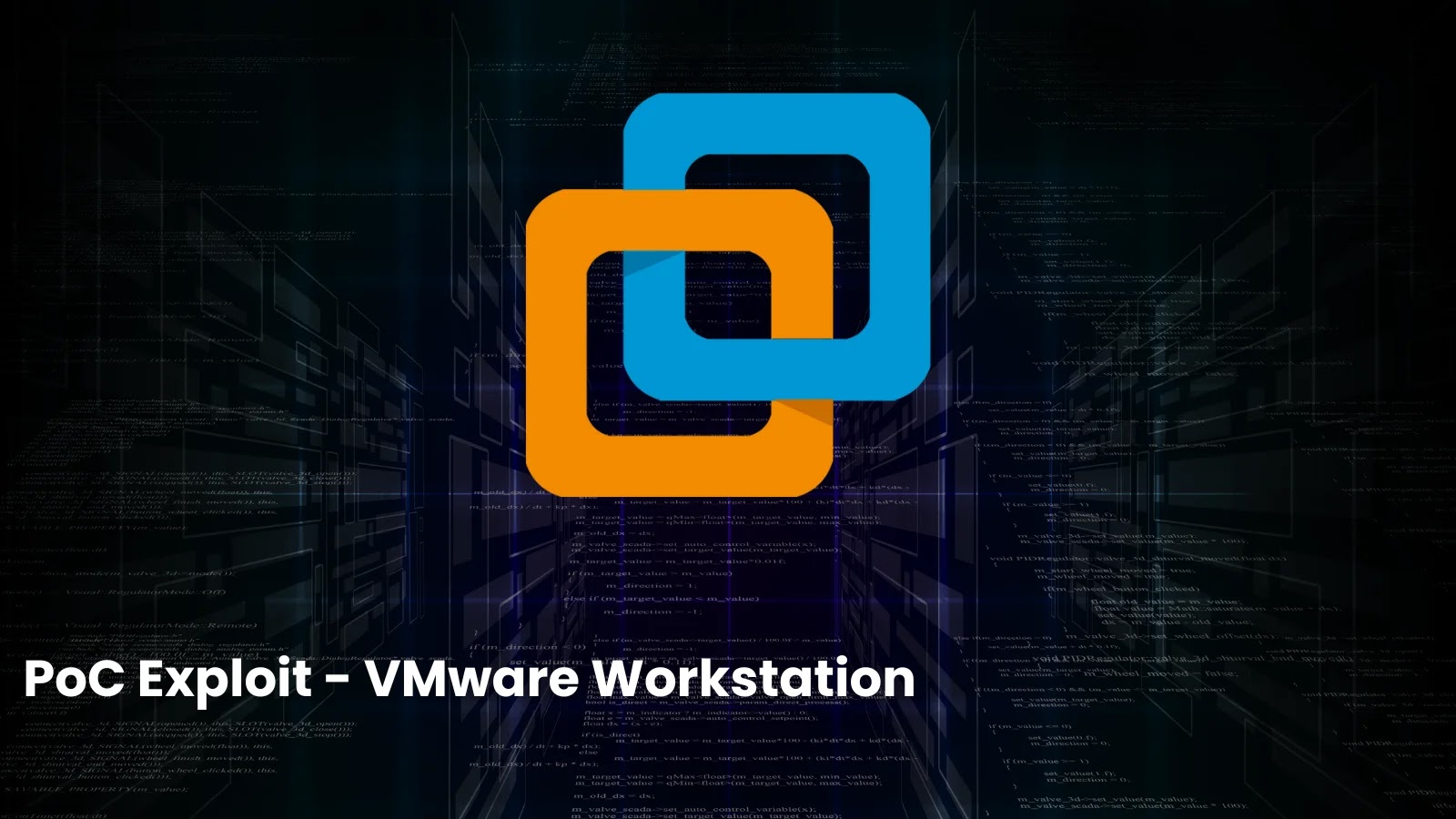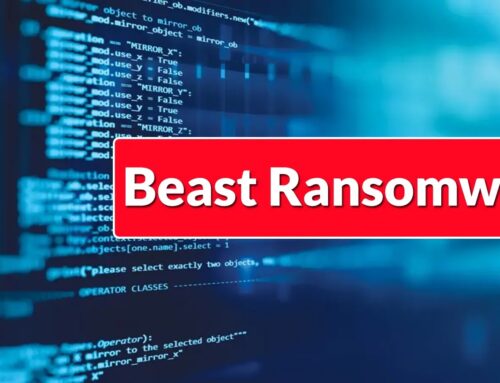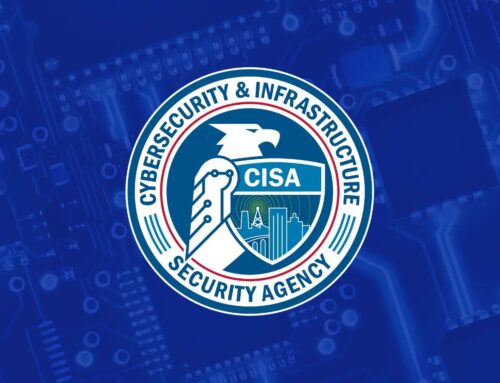
PoC exploit Released for VMware Workstation guest-to-host escape Vulnerability
Critical VMware Workstation Vulnerability: PoC Exploit Unleashes Guest-to-Host Escape
The digital landscape just became a little more perilous for users of VMware Workstation. A proof-of-concept (PoC) exploit has been released, demonstrating a critical chain of vulnerabilities that allows an attacker to break out of a guest virtual machine (VM) and execute arbitrary code directly on the host operating system. This development significantly elevates the risk profile for environments relying on VMware Workstation for virtualization.
Understanding the Threat: Guest-to-Host Escape Explained
A guest-to-host escape is one of the most severe vulnerabilities in virtualization platforms. It fundamentally undermines the isolation promised by a hypervisor. In simpler terms, it means that malicious code running within a virtual machine can bypass the virtual environment’s boundaries and affect the underlying physical machine. For VMware Workstation users, this translates to a scenario where malware or an attacker within a guest VM could potentially take control of the host system, accessing its data, installing rootkits, or spreading to other network resources.
The Vulnerability Chain: Information Leak and Buffer Overflow
The successful PoC exploit details a sophisticated attack vector, chaining together two distinct vulnerabilities to achieve its devastating effect:
- Information Leak: The initial stage involves an information leak vulnerability. This allows an attacker to gather crucial details about the host system’s memory layout or other sensitive data that should remain isolated within the guest. Such information is often foundational for crafting more complex exploits.
- Stack-based Buffer Overflow: Leveraging the information gained, the attacker then exploits a stack-based buffer overflow vulnerability. This type of flaw occurs when a program attempts to write more data into a fixed-size buffer located on the program’s stack than it can hold. By carefully overflowing the buffer, an attacker can overwrite adjacent memory locations, including return addresses, to inject and execute their own malicious code on the host.
The combination of these two weaknesses provides the attacker with the necessary components for a full guest-to-host escape, highlighting the complexity and severity of this particular attack chain.
Affected Products and CVE Details
While the initial information from the source focuses on VMware Workstation, it is crucial for administrators and users to refer to official VMware advisories for the complete list of affected products and versions. At the time of this writing, the specific CVE numbers related to this particular exploit chain were not explicitly detailed in the provided source. However, it is imperative to stay updated on VMware’s security bulletins. Typically, vulnerabilities of this nature are assigned CVEs like CVE-202X-XXXXX (placeholder for actual CVEs once released by VMware). Always consult the official CVE database for the most accurate and up-to-date information.
Remediation Actions and Mitigations
Given the critical nature of a guest-to-host escape, immediate action is paramount for anyone using VMware Workstation. Proactive measures are essential to protect your host systems:
- Apply Patches Immediately: Monitor VMware’s official security advisories and promptly apply all available patches and updates for VMware Workstation and other related VMware products. This is the single most effective remediation.
- Isolate Untrusted Workloads: Avoid running untrusted or potentially malicious guest operating systems on machines hosting sensitive data or acting as critical infrastructure.
- Principle of Least Privilege: Ensure that guest VMs operate with the absolute minimum privileges necessary. Restrict network access for guest VMs to only what is essential for their function.
- Network Segmentation: Implement strong network segmentation between guest VMs and the host, and between different guest VMs, to limit the lateral movement of an attacker.
- Regular Security Audits: Conduct regular security audits of your virtualized environments to identify and address potential weaknesses before they can be exploited.
- Antivirus/EDR on Host: Maintain robust endpoint detection and response (EDR) or antivirus solutions on your host operating system to detect and prevent malicious activities.
Detection and Mitigation Tools
While direct detection of this specific PoC exploit might require specific signatures, several tools can assist in maintaining overall security hygiene in virtualized environments:
| Tool Name | Purpose | Link |
|---|---|---|
| VMware Tools | Ensure updated VMware Tools are installed in guests for better management and potential security features. | VMware Tools Documentation |
| Host-based EDR/AV Solutions | Detect malicious activity and processes on the host operating system. | (Refer to your preferred vendor like CrowdStrike, SentinelOne, Microsoft Defender, etc.) |
| Vulnerability Scanners (e.g., Nessus, OpenVAS) | Scan the host and guest VMs for known vulnerabilities and misconfigurations. | Tenable Nessus / OpenVAS |
| Network Intrusion Detection/Prevention Systems (NIDS/NIPS) | Monitor and block suspicious network traffic between VMs and the host or external networks. | (e.g., Snort, Suricata – refer to respective project sites) |
Conclusion: An Elevated Risk for VMware Workstation Users
The release of a PoC exploit for a guest-to-host escape vulnerability in VMware Workstation serves as a stark reminder of the persistent threats in virtualization. This exploit, leveraging an information leak and a buffer overflow, significantly escalates the risk to host systems. Prompt patching, rigorous security practices, and continuous monitoring are not merely recommendations but essential actions to safeguard your digital infrastructure against such critical vulnerabilities.





